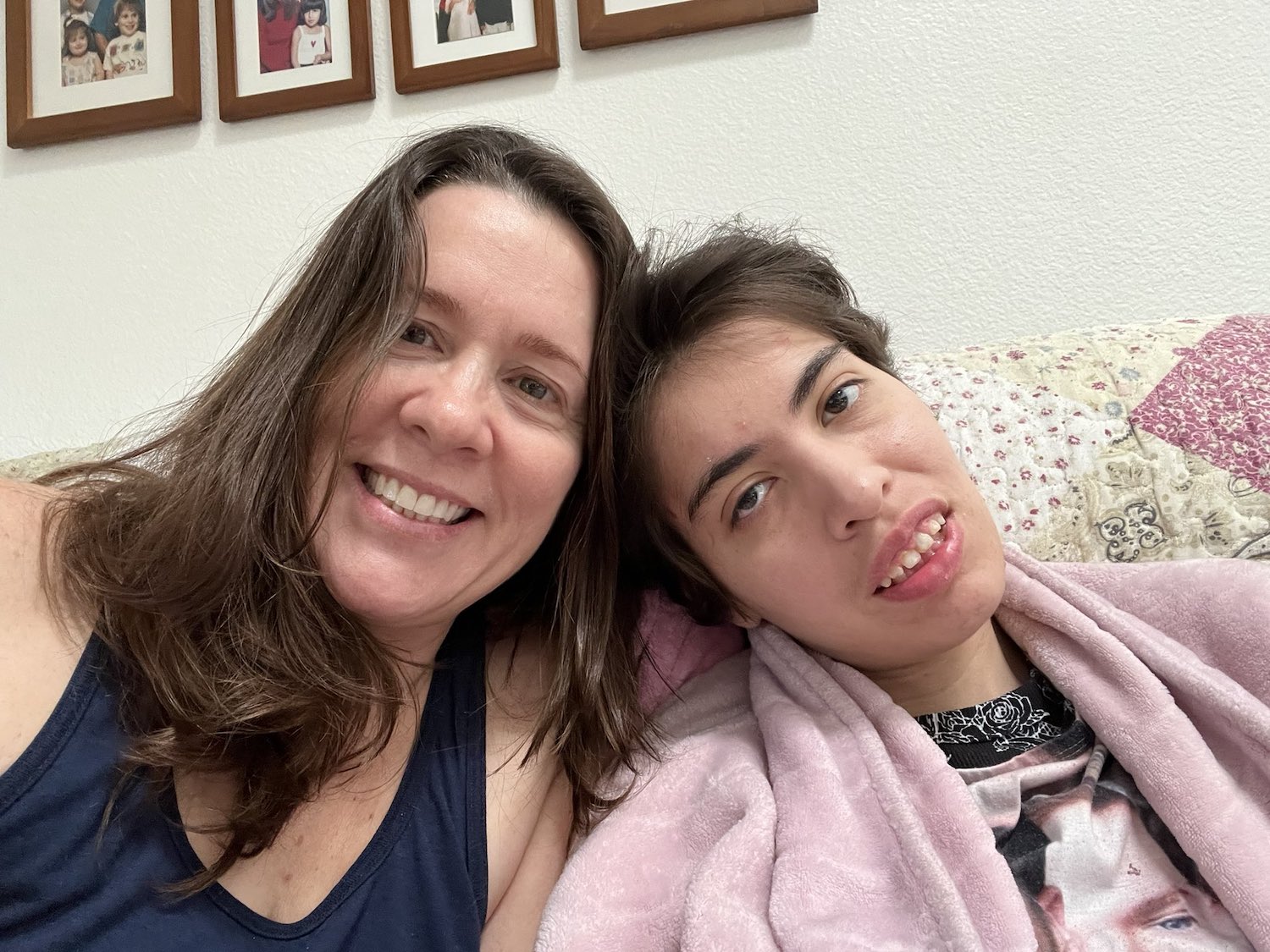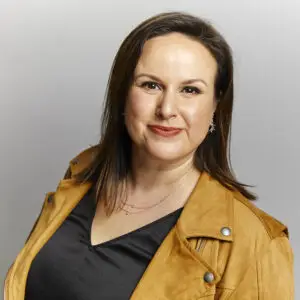Tracy Dixon-Salazar didn’t set out to become a neuroscientist or a geneticist; she just wanted to help her daughter. Her journey began about thirty years ago, when the then-stay-at-home mom’s 2-year-old daughter, Savannah, began having uncontrollable seizures. Her doctors couldn’t give the family answers, so Dixon-Salazar began her own research.
“I’ve met some people who are, like ‘I’m going to cure my child.’ That was not me,” she says. “I would ask things, like, ‘What started this?’ They’d say, ‘We don’t really need to know that because we have an arsenal of treatments to try.’ But that didn’t make sense to me.”
Dixon-Salazar started logging hours in the Tierrasanta library, poring over research papers acquired via interlibrary loan and online. But the medical jargon was off-putting.
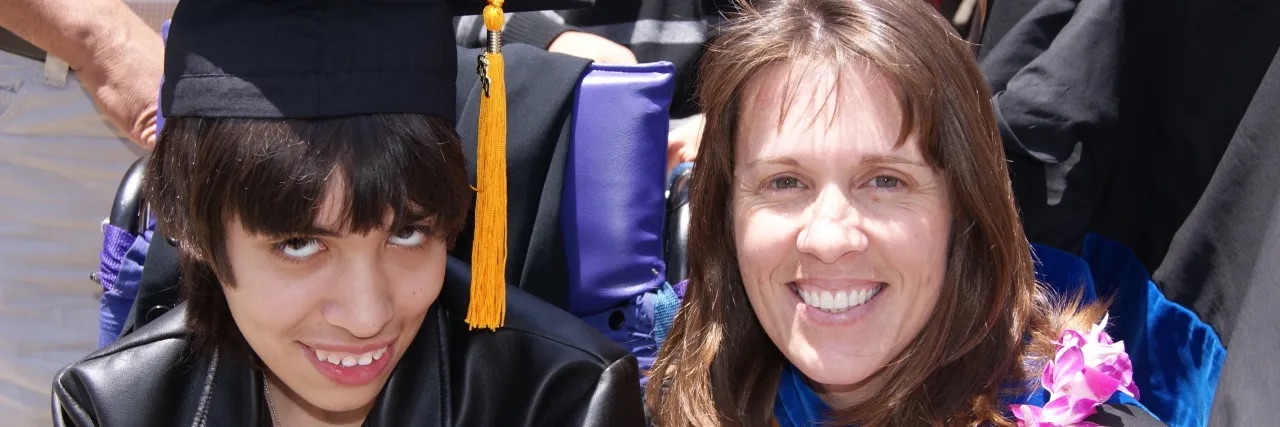
“I said I have to enroll in college because I don’t understand these papers,” she says. “So, I took three English classes and I got A-pluses. Then I said I don’t think these papers are in English—and they weren’t. I now know that it was science and that was like a different language.”
She was not deterred and continued her education, focusing on science. She first had to play catchup to make up for a less-than-stellar high school education. Then she earned a bachelor’s degree, followed by a doctorate in neurobiology and neurosciences, and did post-doc research sequencing genomes in the early days of the technology.
“It was a therapy for me,” she says. “My daughter would seize, and I couldn’t do anything for her. Everything we tried failed, but I could study. I wanted to be a part of the people who are looking for the causes of seizures in young children, and it snowballed from there.”
At age 5, Savannah was diagnosed with a rare form of epilepsy called Lennox-Gastaut syndrome (LGS), but the cause was unknown. Through Dixon-Salazar’s research, she came to suspect mutations in Savannah’s calcium channel genes. Ultimately, genetic sequencing confirmed her suspicions and Savannah was started on a calcium-blocking drug that had been approved for high blood pressure but not epilepsy. Within two weeks, her seizures were nearly gone. “She had a miraculous response,” Dixon-Salazar says.
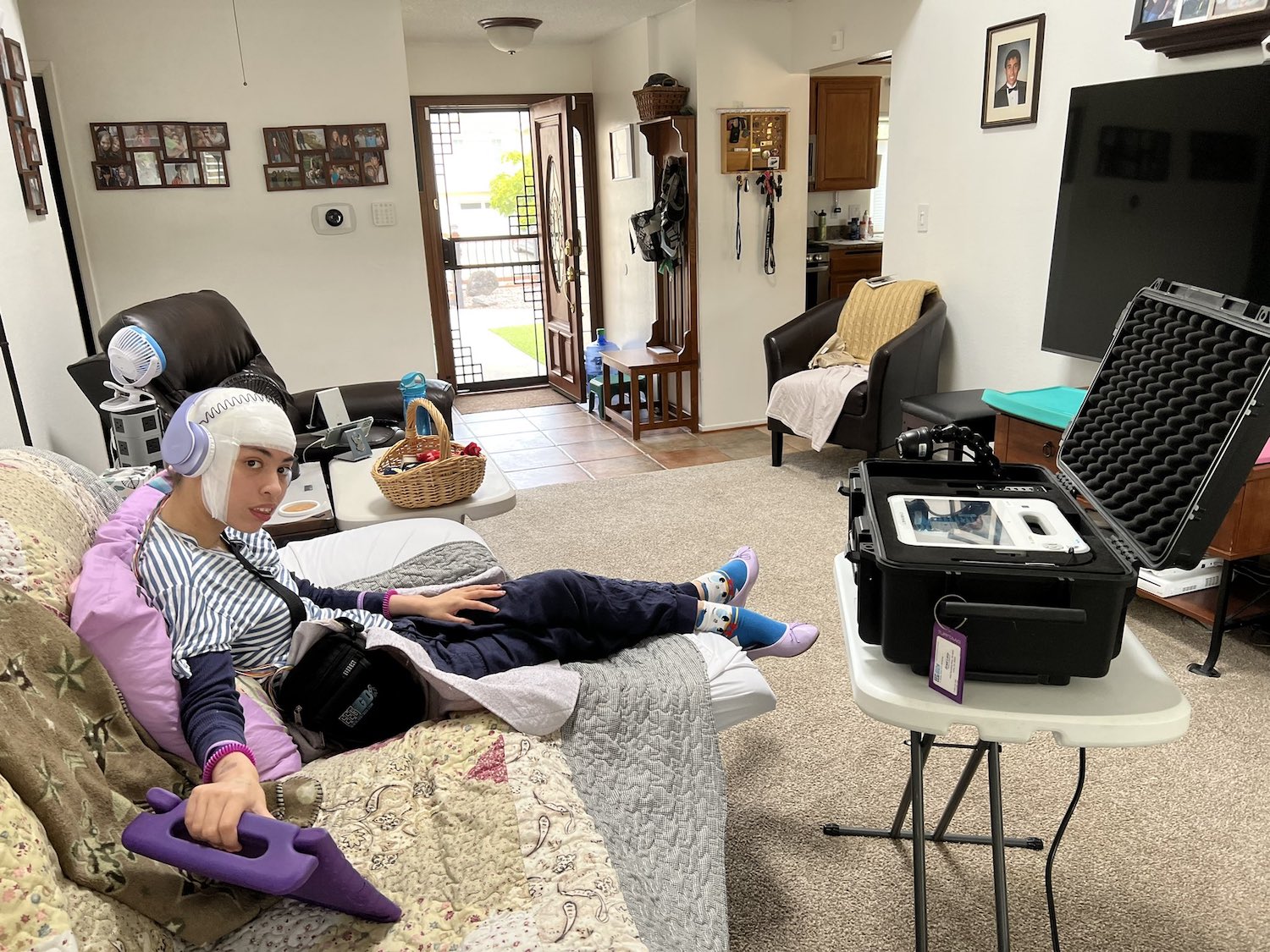
“Honestly, we were just keeping this kid alive. She was having about 300 seizures a month. She was sleeping 18 hours a day. She was functioning at a 2-year-old level. She was on eight different therapies and none of them were working, and we were just losing her. We were a slave to this disease,” she continues. “To have that dramatic of a response shocked pretty much everyone and no one was surprised more than me.”
Savannah has since made significant progress. Now 31, she can speak in complete sentences and is capable of learning. She’s sassy, funny, and lets people know what she likes and dislikes. She helps her mom fold laundry and pick out outfits, and the two often go shopping together.
“She’s just blossomed. I feel like I met her when she was 18,” Dixon-Salazar says.
Having a child with a rare disease can be isolating, Dixon-Salazar says, but the family found community and camaraderie in the Lennox-Gastaut Syndrome Foundation. Dixon-Salazar joined early on as a member of the advisory board and is now executive director.
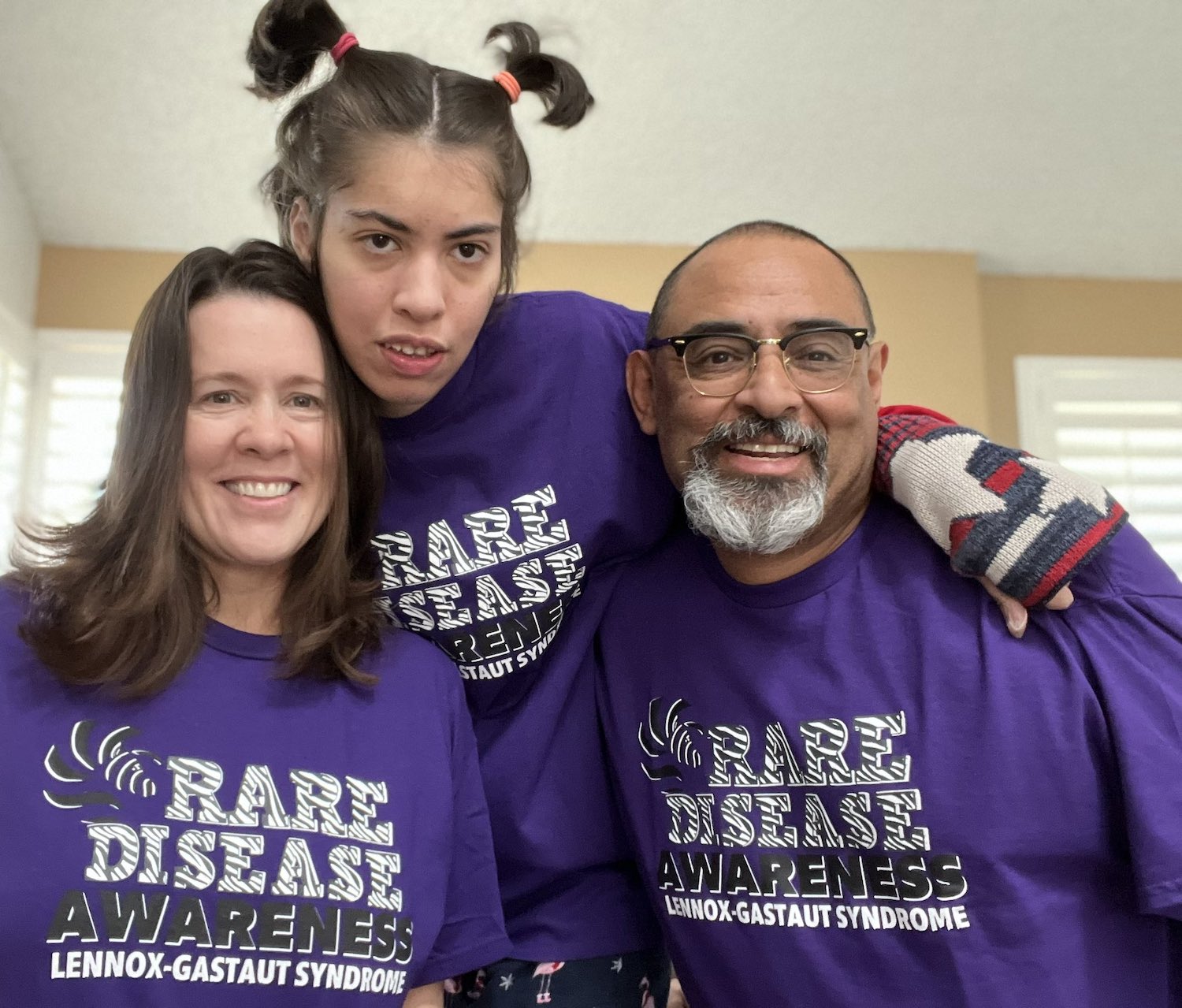
“I remember going to my first conference, looking around and seeing all the people that were battling the same things and thinking, yes, this is my community,” she says.
PARTNER CONTENT
In addition to providing support, resources, and long-term care planning for families affected by LGS, the organization advocates for more accessible spaces and raises money to start pilot programs in San Diego that would help those with LGS and their caregivers.
“We learn from each other, empower each other, and then come together to leave it better than we found it,” she says.














